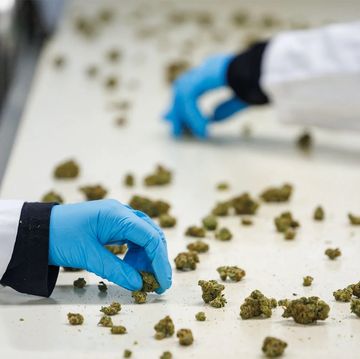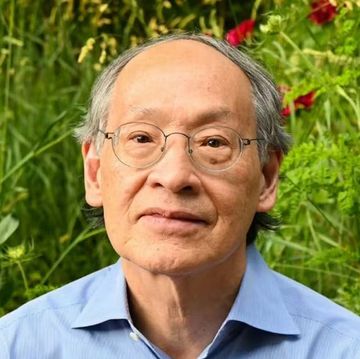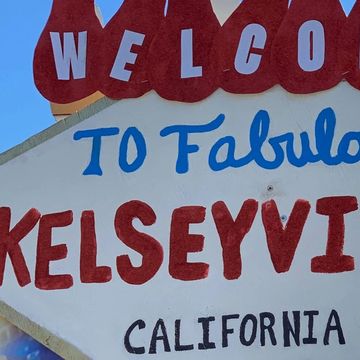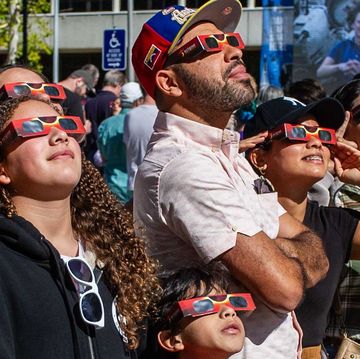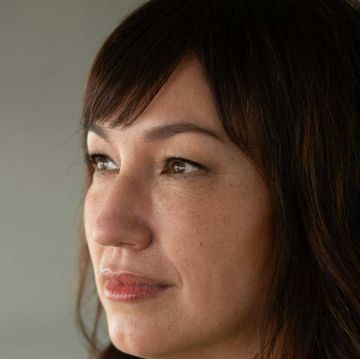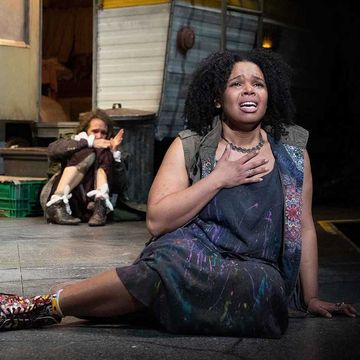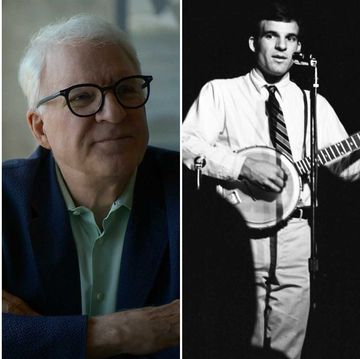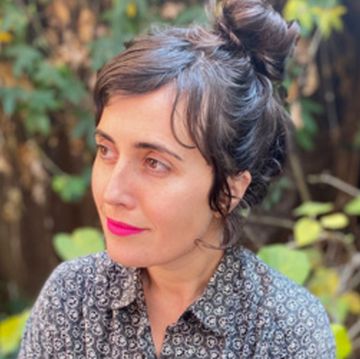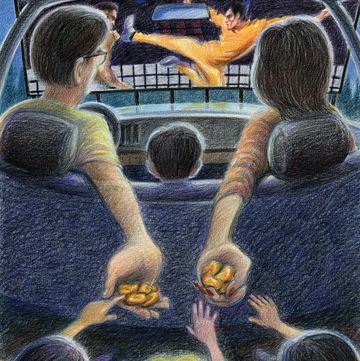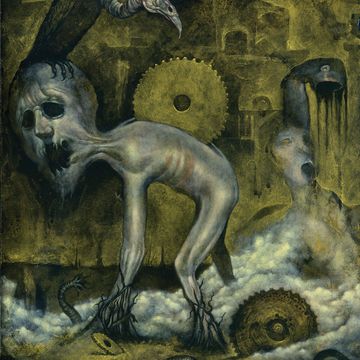“THEM!”
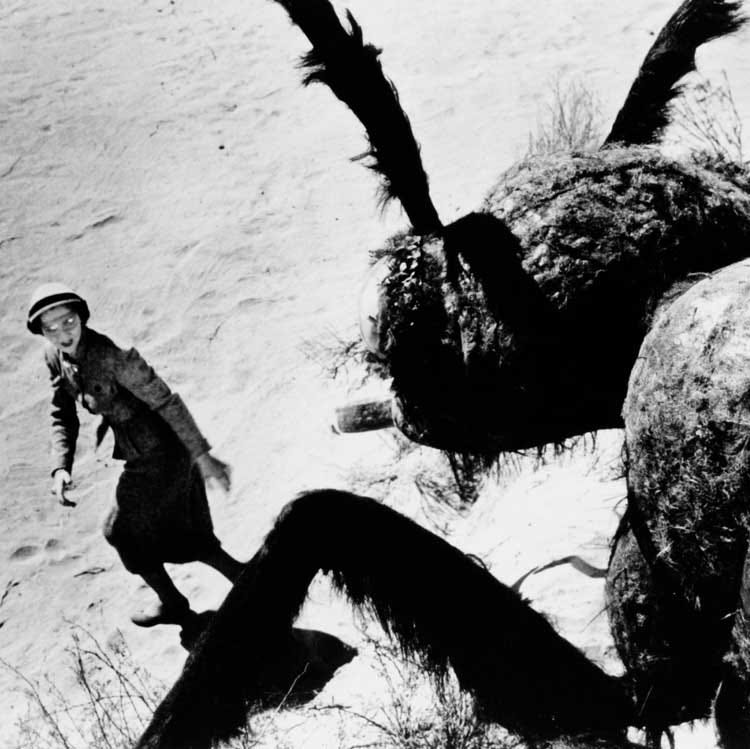
1954
In this sci-fi classic, giant mutant ants emerge from the New Mexico desert to terrorize the local populace. Considered one of the best of the “irradiated bugs and beasties” genre of the 1950s, Them! entranced audiences with its jeep-size ants baring their giant mandibles and maiming hapless humans. The action begins at a nuclear test site; the Mojave Desert, near Palmdale, stands in for New Mexico’s Chihuahuan Desert. The film, shot in black and white, gives the landscape an otherworldly feel.
“BAD DAY AT BLACK ROCK”
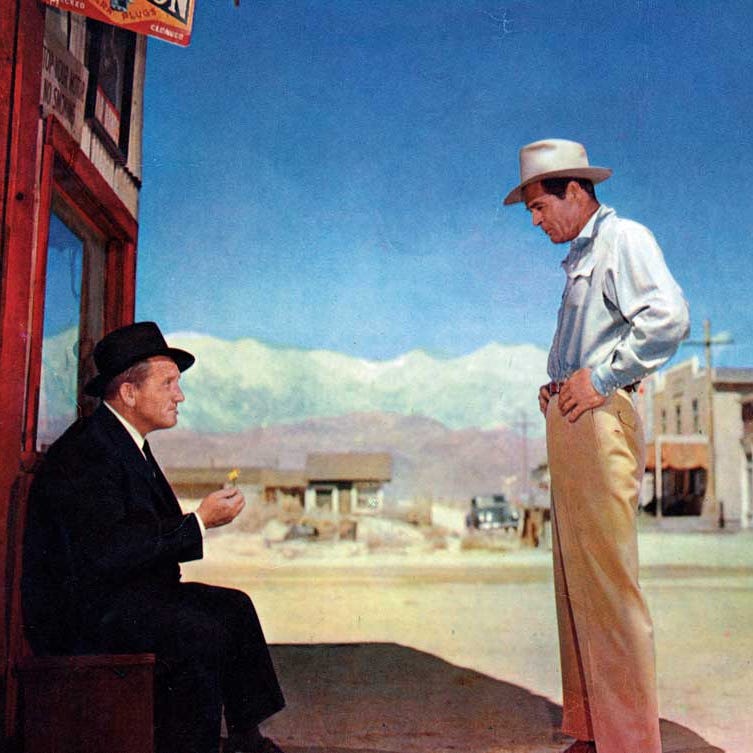
1955
Lone Pine, in the eastern Sierra foothills, stands in for the fictional desert town of Black Rock, Arizona, in director John Sturges’s star-filled neo-western. Spencer Tracy’s character, John J. Macreedy, travels to the town in search of the father of the Japanese American soldier who saved his life during World War II. Encountering stony resistance, Macreedy discovers that the father was murdered by racist, anti-Japanese drunks. Viewers are treated to cinematic shots of the Lone Pine branch of the Southern Pacific Railroad and the nearby Alabama Hills; as it happens, this anti-racist tale was filmed just 10 miles outside of Manzanar, the site of the infamous Japanese American internment camp.
“THE CONQUEROR”
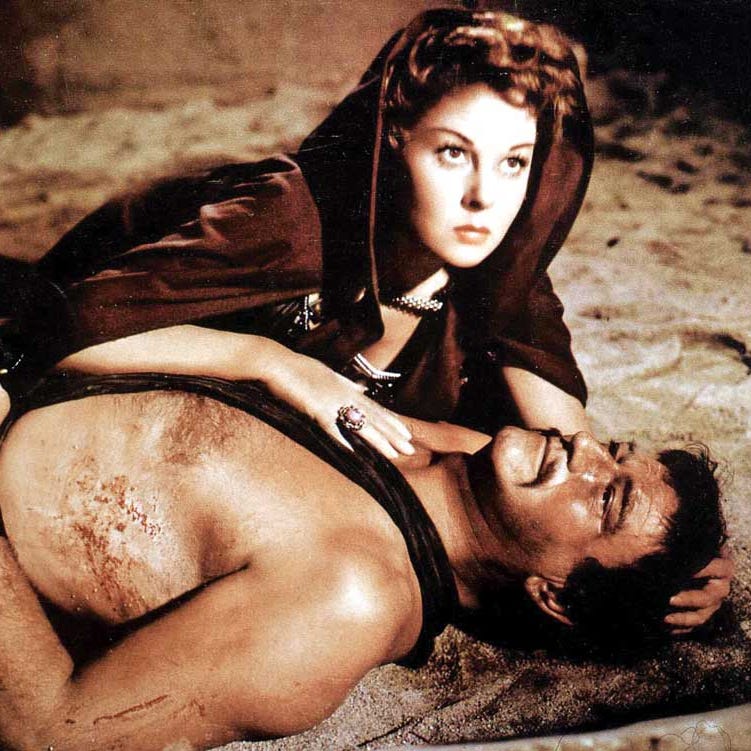
1956
John Wayne is Genghis Khan in this Howard Hughes production. Susan Hayward costars as a headstrong Tartar princess, while a stretch of Utah’s Mojave Desert subs for the steppes of central Asia. Considered one of the worst films ever made (Time magazine described Wayne’s performance as “a cross between a square-shootin’ sheriff and a Mongolian idiot”), The Conqueror is also blamed for hastening the deaths of nearly half of its cast and crew, including its director and many of its actors. After filming near atomic bomb test sites in St. George, Utah, 41 percent of the cast and crew developed cancer over their lifetimes.
“FASTER, PUSSYCAT! KILL! KILL!”

1965
Three go-go dancers embark on a mad crime spree in the California desert in this Russ Meyer exploitation film. With a bare-bones budget of $44,000, Meyer saved money on fancy sets by shooting much of the movie outside, with the desert serving as both backdrop and battle pit: actress Tura Satana karate chops a man before snapping his neck in the salt flats of the Mojave’s Cuddeback Lake; the trio continue their reign of terror in the wilds of Kern County. Critically pilloried in its day, this cult favorite has since been immortalized in everything from Quentin Tarantino films and Daniel Clowes comics to episodes of The Simpsons and Buffy the Vampire Slayer.
“THE HILLS HAVE EYES”
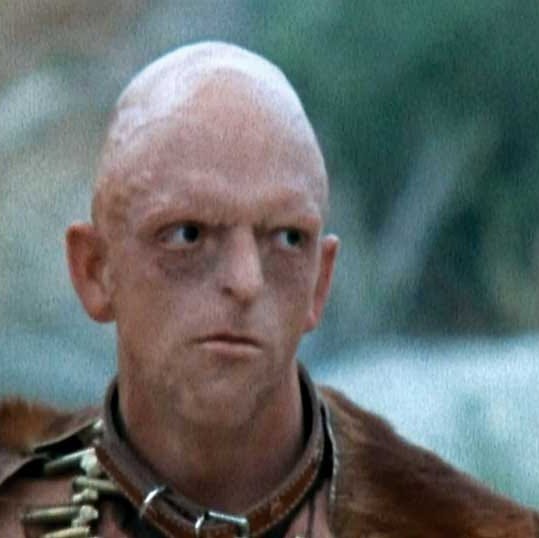
1977
A family of cannibals in the Nevada desert encounter a suburban family making their way to Los Angeles; stabbings, immolations, shootings, torture, and dog-eating ensue. Shot in Victorville, California, under nightmarish conditions, with minimum-wage actors and a nonunion crew, the movie nonetheless made director Wes Craven (the Scream series) a horror-film icon. In 2020, after a 19-year search, a travel vlogger discovered the movie’s original filming locations, including the exact spot where Ruby, the clan’s reluctant cannibal (there’s one in every family), poisons her brother with a live rattler.
“THELMA & LOUISE”
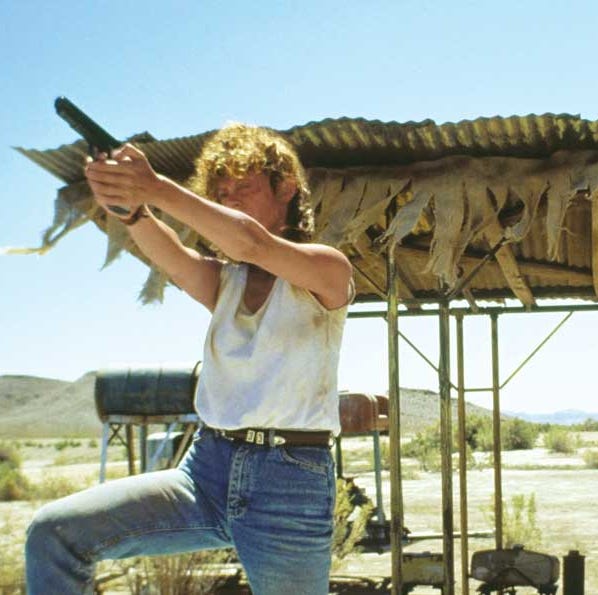
1991
In director Ridley Scott’s landmark film, the title characters hit the open road after Louise (played by Susan Sarandon) shoots an ill-mannered would-be rapist outside an Arkansas honky-tonk. Their circuitous journey (circuitous because Louise refuses to drive through the state of Texas) begins in Arkansas and ends, dramatically, in Arizona, but the filmmakers shot much of the drama in desert areas in Southern California and Utah. The heartrending finale at the Grand Canyon wasn’t filmed anywhere near the famed gorge, but south of Utah’s Dead Horse Point State Park, 30 miles outside Moab.
“CASINO”

1995
Robert De Niro, Joe Pesci, and Sharon Stone rule the roost at the Tangiers Casino in Las Vegas until their assorted shortcomings (love, lack of impulse control, and coke, respectively) bring all of them down. The entirety of director Martin Scorsese’s cautionary fable is shot in the Nevada desert, with the since-demolished Riviera and Landmark casinos masquerading as the fictional Tangiers. But when people talk about the film’s “desert scene,” they’re referring to the chilling moment miles outside of Vegas, at the Jean Dry Lake Bed, when De Niro and Pesci have it out among all the supposedly buried bodies. “Meeting in the middle of the desert always made me nervous,” De Niro says in a pre-confrontation voice-over. He has reason to be.•
Robert Ito is a journalist based in Los Angeles. He writes about film, television, and theater for the New York Times.
